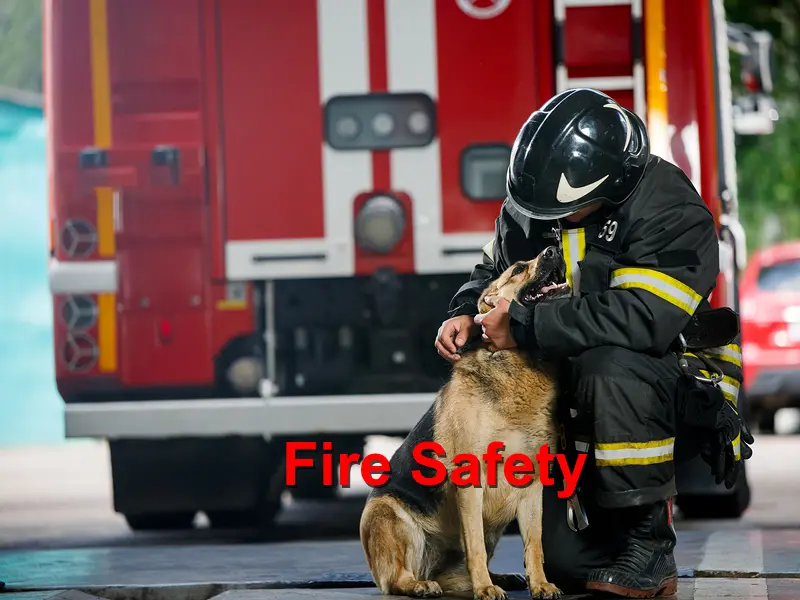Pet fire safety awareness: hints to preventing pet house fires
The American Red Cross Society lists home fires as the most common disasters they often have to respond to, despite many instances being avoidable.
Preventing a potential pet fire
Sadly, statistics estimate that 40,000 pets are fatal victims of house fires each year. 1,000 cases of the house fires were indeed caused by pets themselves according to Live Safe Foundation. Fortunately, the American Kennel Club plus ADT Security Services have come up with the following preventive measures that pet owners can take to ensure curiosity does not put their furry friends in a dangerous or fatal situation.
- Keep pets away from wires
Pets, particularly cats, are known to often chew on open electrical cords around the house. While the damage might not seem instant in some cases, chewing on cables attached to computers, cooking appliances, Christmas tree or even the lights might start a fire. As liable dog or cat owners, we should always ensure our houses are pet proof.
- Keep pets away from sources of heat or open flames
Candles, stovetops, warm fireplaces, barbecue grills, and other cooking appliances are a leading cause of potential pet fires. Dogs are curious enough to stick their paws, noses, tongues and even tails into these heat sources. As such, it is always wise to never leave such items and places unattended and ensure all flames are extinguished before going. Train the pet not to be around such areas.
- Train and train
Ultimately, as responsible pet owners, we must consider that the safety of our pets majorly relies on the pet’s behavior and efforts. That calls for training on the pet’s response to a command when requested by the owner. Taking dog training classes help the pet respond to different commands which could save it in the event of a fire. Additionally using crates or baby gates to secure fire hazard areas is another option in training pets to stay confined away from dangerous fireplaces.
In case of disaster
As always in the event of a fire, the first option is to evacuate together with the pets to safety. Once outside, you can check for any possible burns, injuries or suffocation and seek pet first aid from the first emergency responders. However, in the vent that the pet is stuck inside, leave home immediately and get help by calling 911 for emergency services. Let the firefighters help rescue your pet.
SOURCES: Red Cross, AKC, Great Plains SPCA, CDC





